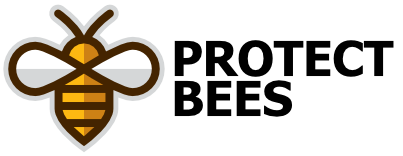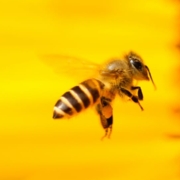Investigating The Viral Ecology of Global Bee Communities With High-Throughput Metagenomics
The original article was published by Scientific Reports on June 11, 2018 and can be found here.
Abstract
Bee viral ecology is a fascinating emerging area of research: viruses exert a range of e!ects on their hosts, exacerbate impacts of other environmental stressors, and, importantly, are readily shared across multiple bee species in a community. However, our understanding of bee viral communities is limited, as it is primarily derived from studies of North American and European Apis mellifera populations. Here, we examined viruses in populations of A. mellifera and 11 other bee species from 9 countries, across 4 continents and Oceania. We developed a novel pipeline to rapidly and inexpensively screen for bee viruses. This pipeline includes purification of encapsulated RNA/DNA viruses, sequence-independent amplification, high throughput sequencing, integrated assembly of contigs, and filtering to identify contigs specifically corresponding to viral sequences. We identified sequences for (+)ssRNA, (−)ssRNA, dsRNA, and ssDNA viruses. Overall, we found 127 contigs corresponding to novel viruses (i.e. previously not observed in bees), with 27 represented by >0.1% of the reads in a given sample, and 7 contained an RdRp or replicase sequence which could be used for robust phylogenetic analysis. This study provides a sequence-independent pipeline for viral metagenomics analysis, and greatly expands our understanding of the diversity of viruses found in bee communities.

